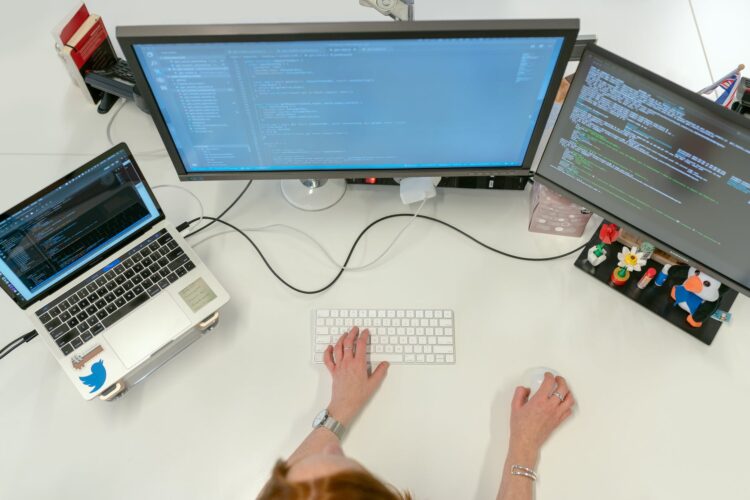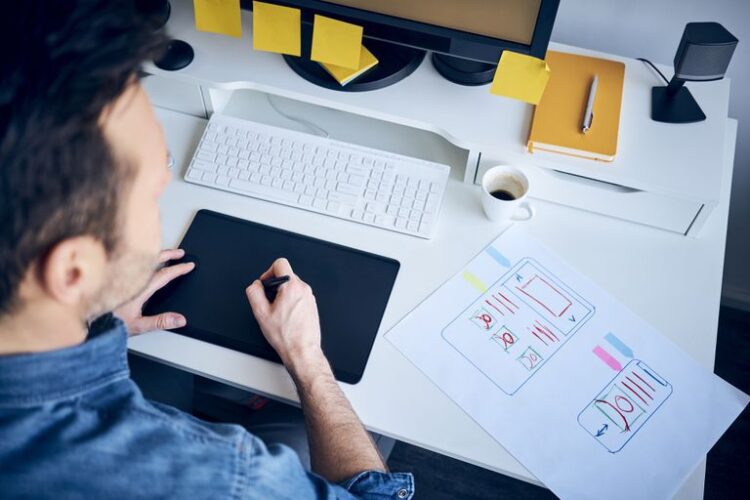When you have a website, no matter what’s the purpose of it, you need to keep in mind that the performance is one of the main things you need to pay attention to, so you can get what you want from it. The performance is a combination of speed, content, and design, that altogether make your website responsive and accessible from any device. Sometimes it may load slower or faster, depending on the number of visitors and actions to your page. Usually, the performance is tightly related to the page speed, or the time it needs to load. There are so many ways to improve the overall performance when it comes to optimizing the speed and the multimedia content you are adding to it.
Here are some of them:
1. File compression

Sure you want to upload a high-quality photo or another type of picture. You may have enough space on the server, but by uploading high-resolution photos and files that take a few megabytes, you are putting too much on your website, which will increase the response time, or even cause the site to show errors on the display. You don’t need an exceptional quality of the multimedia, and sure you can compress these files before you upload them to the media library. You can use online tools to do that, or you can resize and re-optimize those files before you start uploading them.
Another option is to buy more memory on the server, and a better hosting pack, especially if you want to use the website for galleries and presentation of products with a lot of multimedia content. Also, some plugins support direct compressing, and no matter how big is the file, the system by itself will anyway compress it, without keeping the full resolution version in the storage.
2. Optimize your optimization
If you have a great SEO strategy, your website will perform better on search engines. For example, Google will measure the performance by responding time when the user is browsing for the keywords or titles you have on your page.
3. Uninstall all the plugins you don’t need

Sometimes they mess all the performance, and you need to remove at least one plugin so you can bring back the basic function on your site. Sure you want some fancy improvements and additions on it, but every plugin is heavy enough by itself, and you don’t want that for your page. You must choose only those you really need, and let the others go. There are also tools that remove code comments too, that can also mess with the performance, no matter the fact they don’t appear anywhere in the design.
4. Clean the cache
There are a lot of things that cache holds, like thumbnails, JS files, fonts, and many other things that can somehow have a negative effect on the page. Sometimes, the seller has a built-in plugin or some software to clean the cache, but sometimes you will need to do that manually, and then refresh the page, and you will see improvement in a few seconds.
5. Learn more about the CDN
CDN is an abbreviation of Content Distribution Network, that helps the server to deal with a different type of content, that is stored there. Ask your provider for this option, especially if you have a multi-language website with a lot of content, and you expect a lot of visitors to come and spend a lot of time on it.
6. Learn what is good load time
There is no precise number of what loading time is the best one. We can talk about the acceptable value, and that may depend on so many factors, including the design, the type of content you publish, and the multimedia you add to it. The best websites need less than one second to load and show the full data to the user. Most of them will leave the page if they need more than two or three seconds to load, which increases the measurement metrics named bounce rate. Bouncing shows us how many of the users leave the website without visiting any other page or post on it.
7. Minimizing the HTTP requests

When you hit a link on the website, it needs time to download the content and styles, and as many more elements you have, it needs more time to download them. Many content managing systems come with tools that help you deal with this problem, but if your site is still very slow, you may need to make bigger improvements, so it can work better.
8. Choose a good hosting service
Cheap hosting sometimes is enough for smaller websites that only publish text content, without a lot of multimedia as an addition to it. But, you must take a look over every option, including shared, VPS, or dedicated server, and see what you really need. Sure, the price will rise if you want more, but you will get more if you pay enough for this service, so, it’s on you to decide what is your priority. The good thing is that you can always switch to a better plan later if you have money for that.
It may seem that owning a website is a simple thing, and you only need to hit the publish button a few times a day, and it will all work properly. But, the truth is it requires a lot of time, dedication, and monitoring, so it can work nicely. Sure you will have some problems as time goes by, but choosing a good hosting service and web support is also important. You have enough time to learn how your site works, and what can make it slower, and you can remove the reasons for it one by one. We hope this piece of content will be helpful for you, to learn what can influence the site performance badly, and how to deal with that.
 Hi Boox Popular Magazine 2024
Hi Boox Popular Magazine 2024



